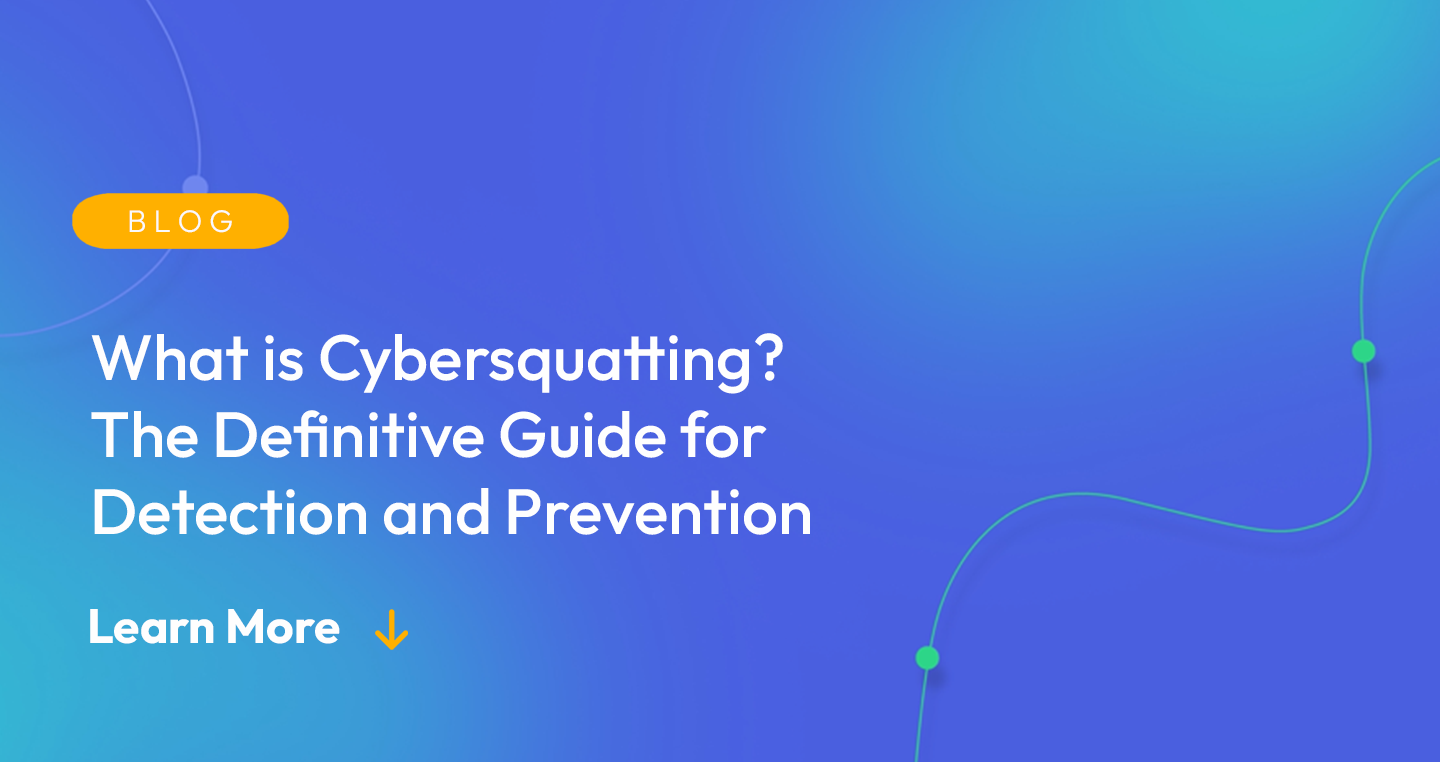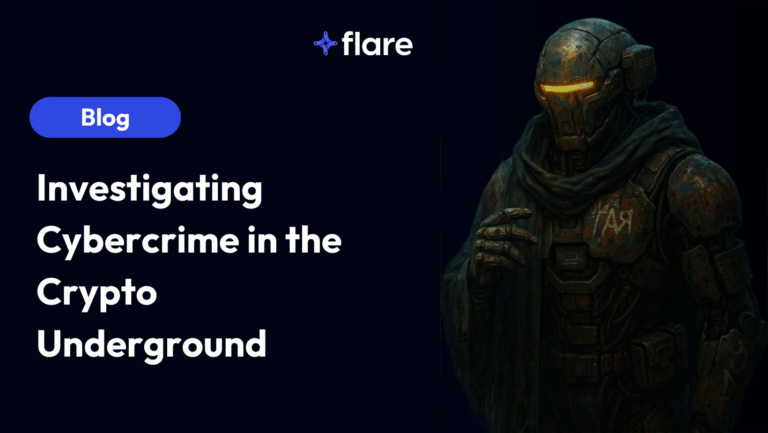
The digital world of today has brought with it an entirely fresh set of both opportunities and challenges. Cybercriminals are constantly looking for opportunities to exploit businesses and individuals for their own benefit. One of those challenges is the use of cybersquatting which has emerged in more recent years.
Cybersquatting is a type of digital copyright and trademark infringement that many businesses can face. This malicious practice is when someone registers a domain name or website address that is identical or similar to the targeted business. The goal behind this type of business branding threat is to confuse or trick competitors and consumers into believing that the domain name is associated with a notable corporate brand or person.
Ultimately, cybersquatting can cause businesses legal, financial, and reputational damage to their brand and organizational identity. However, with the right strategies in place, you can still protect your brand’s online presence and identity effectively. Within this definitive guide, we will explore what cybersquatting is, real-world examples of this malicious threat against consumers and companies, types of cybersquatting to look for, and ways you can prevent this from happening to your company and safeguarding your digital assets successfully.
What is Cybersquatting?
The term cybersquatting refers to the activity of registering, utilizing, or selling a website domain name and address with the goal of profiting off another person’s copyrighted brand or trademark. In this type of illicit practice, people register domain names similar to or identical to recognized business names to gain access to their reputation and business customer base. The goal of this type of activity is to scam other consumers and businesses into believing the site is a representative or affiliate with the notable brand already.
Cybersquatters will often register domains that are close to or nearly identical to many well-established brands in order to trick website browsers into making purchases from the fake site. This type of fraud is commonly seen within the retail and e-commerce sector thanks to the increased amount of online shopping consumers do today. It can be both damaging to the businesses and the consumers that fall victim to this type of illicit online activity.
For example, a scammer could register a domain name such as macy.com to mimic the popular retail store and website macys.com. These scammers can then build an entire false storefront that either sells fake products and services or sells them at an escalated price that the popular brand may sell on the legitimate brand website. The practice of cybersquatting is considered to be illegal throughout numerous countries and can cost many brands reputation, revenue, time, and legal fees to rectify these issues.
Types of Cybersquatting
Since cybersquatting has become a more common practice among cybercriminals, it can be challenging to understand the many types of cybersquatting that can occur.There are several different cybersquatting that can affect businesses negatively. Below are four of the common types of cybersquatting that can impact businesses.
1. Typosquatting
This type of cybersquatting is also known as URL hijacking. Typosquatting often involves registering a domain name that is similar to a popular website or brand. However, the website address is often a common misspelling of the widely known brand website or can include a variation of it. The goal of this type of cybersquatting is to divert web traffic intended for the known website to the false website. Many times these sites can contain affiliate ads or possibly malware or phishing scams designed to steal user information.
2. Brandjacking
With this variety of cybersquatting it involves registering a domain name that includes a popular brand or trademark. This is done with the intention of using it for a competing business and/or for selling counterfeit goods and services to consumers and businesses. The registrar may also use the domain name to tarnish the reputation of the original brand and in some instances can demand a ransom from the brand owner in exchange for the domain name.
3. Cyberpiracy
This version of cybersquatting involves registering a domain name that includes the name of a famous person, celebrity, or public figure. It is done so with the intention of profiting directly from their fame or reputation. Often cybersquatters that aim to do this type of piracy create websites with unauthorized content which can include falsified bio, photos, and videos with their likeness in order to attract visitors and generate revenue. This type of piracy can damage a public figure’s intellectual property and reputation.
4. Domain kiting
This kind of cybersquatting often involves registering a domain name for a period of time. From then, the domain registrar will periodically renew the domain in order to keep it from being purchased by someone else. While this is not necessarily as damaging as other forms of cybersquatting, criminals can use it as a way to extort money from trademark owners who want to secure that domain name.
Real-Life Examples of Cybersquatting
Cybersquatting is not necessarily a new issue for many companies. Its longevity has spanned the internet since it became publicly accessible to consumers and businesses. Over the decades the practice has moved from just buying up domains to resell for profit to cybercriminals creating a fully falsified website entirely. Some of these websites can inject malware onto computers and devices or cause issues with copyright infringement. Either way, cybersquatting does have consequences against people who aim to defraud or extort companies for money.
One prime example of cybersquatting that happened and the entities that caused the issues were reprimanded, was the case of Microsoft in 2013. The company sued an individual who had registered domain names such as xboxone.com and xboxone.net. This was done as an attempt at brandjacking in order to profit from the launch of the Xbox One gaming console but creating a fake Xbox website. Ultimately, the person was ordered by the court to not only transfer the domain names to Microsoft, but to also pay damages to the company.
Another example of cybersquatting is the lawsuit against someone that purchased the domain name “jimihendrix.com.” This type of cyberpiracy can span celebrities who have already passed on as well as public figures still living. In this instance, which occurred in 2010, the domain name had been registered by a cybersquatter who was using it to sell unauthorized Jimi Hendrix merchandise. Ultimately they were forced to cease use of all of the merchandise on the website and forced to pay 1.7 million dollars to the family of the late singer.
Preventing and Resolving Cybersquatting
It should come as no surprise that the practice of cybersquatting can happen to nearly any person or business entity. It can seem like a challenging measure to take in order to protect your business from this illicit practice. However there are several measures that many individuals and businesses can take in order to prevent cybersquatting. Here a few ways you can prevent and resolve issues with cybersquatting:
1. Ensure trademark registration
Trademarking your brand or business is one of the first steps to helping ensure brand legitimacy while also preventing cybersquatting. By doing this step, it can establish your ownership of the brand. It can also help protect it from being used by others in illicit ways. Taking the time to ensure you secure a trademark registration for your brand can also make the process easier in the event of cybersquatting happening to your company. It can make the legal process easier when you have a trademark associated with your brand already.
2. Monitor domain registrations
When you purchase a domain name for your brand or business, it’s important to monitor the domains you own and closely associated ones regularly. This can help prevent cybersquatting from occurring and causing damage to your brand. Monitoring your domain registrations and affiliated website address can help you know if anyone has registered a domain name similar to your brand or trademark. In the event that you happen to come across any that may be doing a form of cybersquatting it can help you take the appropriate legal action necessary to stop it from it continuing to happen to you.
3. Take legal action and work with a dispute resolution service
Taking legal action is how you can best protect yourself and your business from cybersquatting. If someone has registered a domain name that is similar to your trademark it’s important to take proactive measures to stop it from happening. Businesses can file a complaint with ICANN or file a lawsuit against the registrar of the domain. Additionally, you can employ the use domain name dispute resolution service to help combat cybersquatting. Companies and individuals can work with these resolution services such as UDRP or WIPO to resolve the issue and stop cybersquatting from happening.
The unethical practice of cybersquatting continues to harm legitimate businesses and individuals. Thus this practice can lead to financial losses and reputational damages to businesses. To prevent and resolve cybersquatting, it is important to take proactive measures to mitigate the instances of cybersquatting. By taking these steps, businesses and individuals can protect their intellectual property and prevent cybersquatters from exploiting their brands and trademarks successfully.
How Flare Supports Monitoring Your Domains
Flare offers a domain monitoring service that will allow you to keep track of any changes or potential threats to your domains. By utilizing WHOIS searches, machine learning algorithms to analyze data from various sources, and any changes made to relevant domaines, Flare helps you protect your business from cybersquatting. Our domain monitoring software can also help you protect SSL certification for your domains. With Flare, you can be rest assured we support you from illicit cybersquatting practices successfully. Start your free trial of Flare today.





